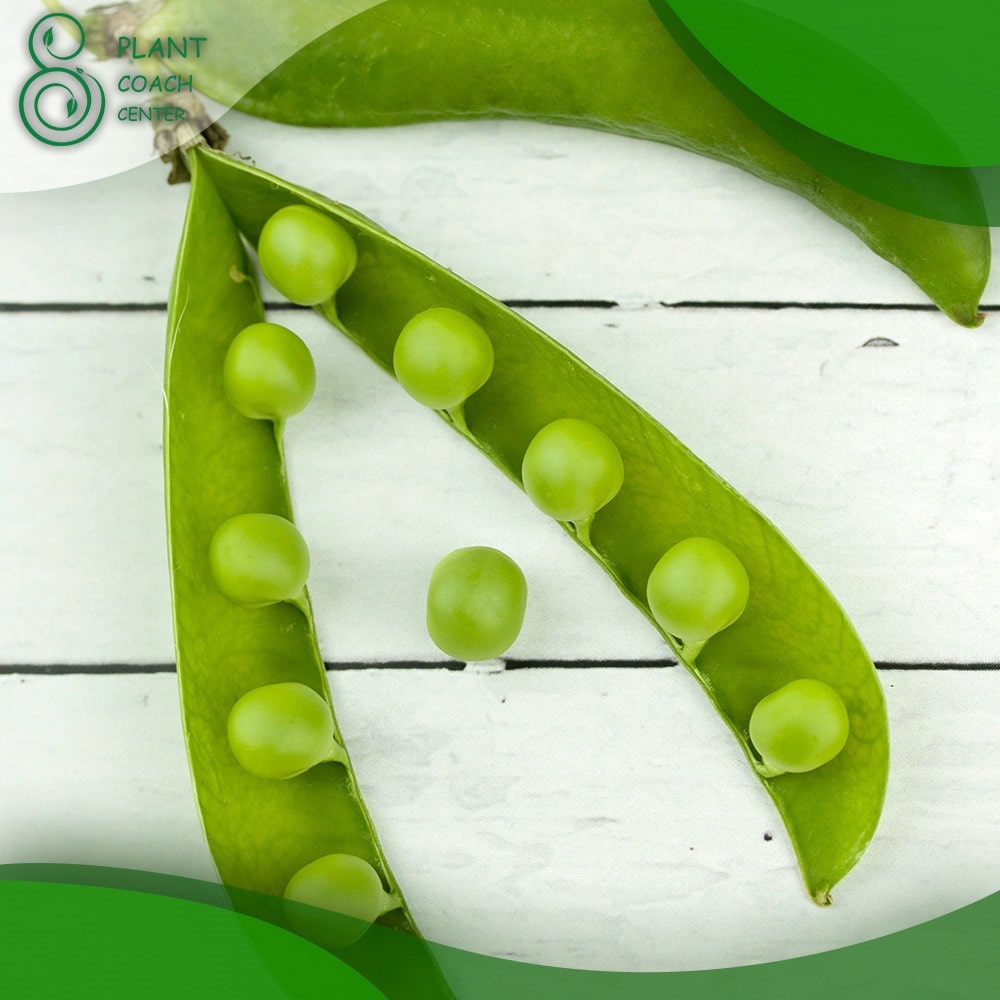When Do You Plant Green Beans?
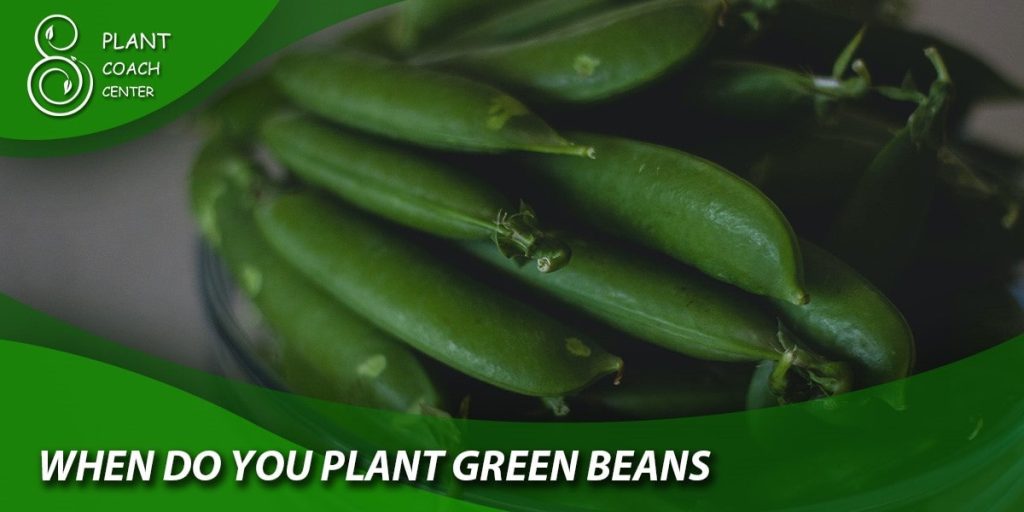
Welcome to the world of green beans, where the journey from seed to plate is a delightful adventure in gardening. As you embark on the quest to cultivate these versatile and nutritious legumes, understanding the optimal timing for planting becomes your compass.
The timing of when to plant your green beans is more than just a matter of convenience; it’s a fundamental factor that can influence the success of your harvest. Are you eager to know whether the warming embrace of spring, the sun-soaked days of summer, or the crisp air of fall holds the key to a bountiful green bean yield?
Join us in this guide as we unlock the secrets of timing, equipping you with the knowledge to navigate frosty threats, prepare your soil like a seasoned horticulturist, and make informed choices between seeds and seedlings. Whether you’re a backyard gardening enthusiast or a city dweller passionate about urban planting, mastering green beans at the right time will lead you toward a rewarding and flavorful harvest.
Seasonal Strategy: Finding the Perfect Time
When it comes to planting green beans, timing is everything. The choice of season can significantly impact your bean plants’ growth, yield, and overall success. Let’s delve into the seasons and explore the nuances of each to help you make an informed decision.
Spring Splendor
As the world awakens from its winter slumber, spring offers a promising window for planting green beans. The soil begins to warm, creating an inviting environment for germinating seeds. However, watch potential late frost spells, which can spell trouble for tender young bean plants.
Consider using row covers or cloths to shield your plants during unexpected cold snaps to mitigate this risk. Spring planting sets the stage for an early summer harvest, providing fresh, crisp beans.
Summer Sunshine
With its long, sunny days and warm temperatures, summer is the perfect time to plant green beans. However, the challenge lies in managing the heat. Green beans thrive in moderate temperatures, and extreme heat can hinder their growth. If you opt for summer planting, choose a location that offers partial shade during the hottest parts of the day. Staggered planting can also benefit you by enjoying a continuous supply of beans throughout the season.
Fall Finesse
As summer wanes and cooler temperatures take hold, the allure of a fall planting becomes evident. Fall offers a respite from the scorching heat, creating an ideal environment for young bean plants to flourish. The risk of frost diminishes as fall progresses, and you can enjoy the advantage of fewer pests and diseases compared to earlier in the year.
Planting green beans in the fall extends your growing season and provides you with a late-season harvest that adds a touch of freshness to your autumn meals.
Frosty Dilemma: Navigating Cold Snaps
The enchanting dance of frost can be a gardener’s worst nightmare, especially regarding delicate green bean plants. As you venture into the world of planting green beans, understanding how to navigate the challenges posed by cold snaps and frosty weather is essential for ensuring the success of your bean crop.
Understanding Frost Tolerance
Green bean plants, particularly in their early stages, can be quite sensitive to frost. The tender foliage and young shoots are vulnerable to freezing temperatures, which can damage or even kill the plants. Knowing your local frost dates and the average last frost date in your area is crucial. This information will help you determine when it’s safe to start planting beans outdoors.
Guarding Against Cold Snaps
To protect your green bean plants from unexpected cold snaps, there are several strategies you can employ. One effective method is using row covers or frost cloths. These lightweight fabrics act as a barrier, trapping heat from the soil and providing a few degrees of plant protection. Secure the covers properly to prevent wind from lifting them off the plants.
Choosing the Right Variety
When facing the frosty dilemma, selecting the suitable bean variety can make a significant difference. Some green bean cultivars are more cold-tolerant than others. Look for types labeled as “cold-resistant” or “early maturing,” as these are designed to withstand cooler temperatures and can be safely planted earlier in the season.
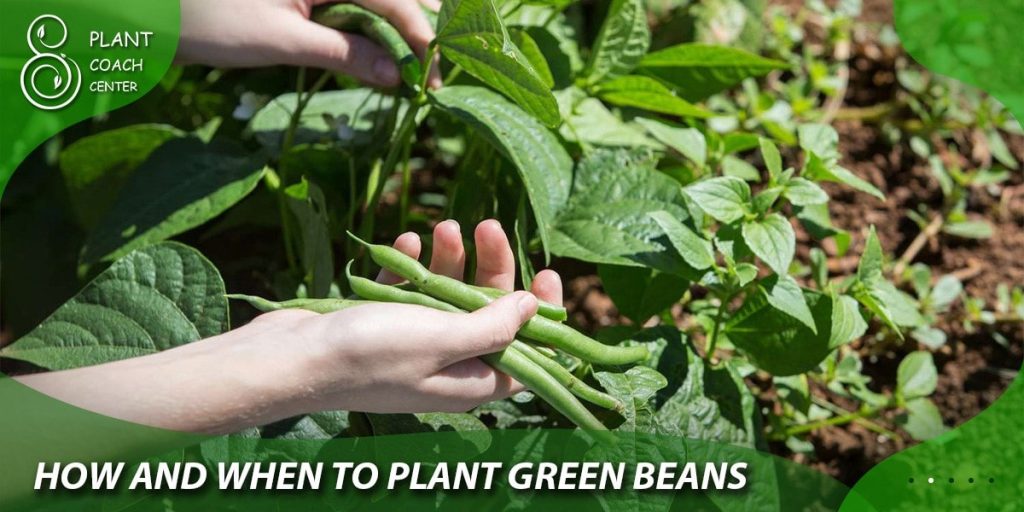
Monitoring the Weather
Keeping a close eye on the weather forecast is a gardener’s best friend during the uncertain transitional periods between seasons. If a cold snap is predicted, take preemptive action. Water the soil thoroughly a day or two before the expected frost. Moist soil retains heat better than dry soil, helping to protect the roots of your plants.
Soil Science: Preparing the Ground for Success
The foundation of a successful green bean harvest lies beneath the surface – in the soil. Getting your soil ready for planting is a crucial step that can significantly impact the health and productivity of your green bean plants. Let’s dig into the world of soil science and uncover the secrets to preparing the perfect soil for your beans.
Optimal Soil Temperature and Texture
Green beans thrive in well-draining soil with a slightly acidic to neutral pH range (around 6.0 to 7.0). But that’s not all; the soil temperature also plays a vital role. Green beans prefer soil temperatures between 60°F to 85°F (15°C to 29°C) for optimal germination and growth. Using a soil thermometer, monitor the temperature to determine when it’s time to plant.
Enhancing Soil Drainage and Structure
Before you sow your bean seeds, ensure your soil has good drainage to prevent waterlogging, which can lead to root rot. You can improve drainage by adding organic matter like compost or well-rotted manure to your soil. This helps with drainage and enhances soil structure, making it easier for young bean roots to penetrate the soil.
Fertilization and Nutrient Balance
Green beans are relatively light feeders but still require essential nutrients to flourish. A balanced, all-purpose fertilizer with equal or slightly higher proportions of phosphorus and potassium than nitrogen is a good choice. Following the recommended application rates, incorporate the fertilizer into the soil before planting.
Preparation Steps
To prepare your soil for planting, start by clearing the area of debris and weeds. Loosen the dirt to a depth of at least 6 inches (15 cm) using a garden fork or tiller. Consider adding sand or perlite to improve aeration if your soil is heavy and clayey. Work in the organic matter and fertilizer evenly, creating a nutrient-rich planting bed.
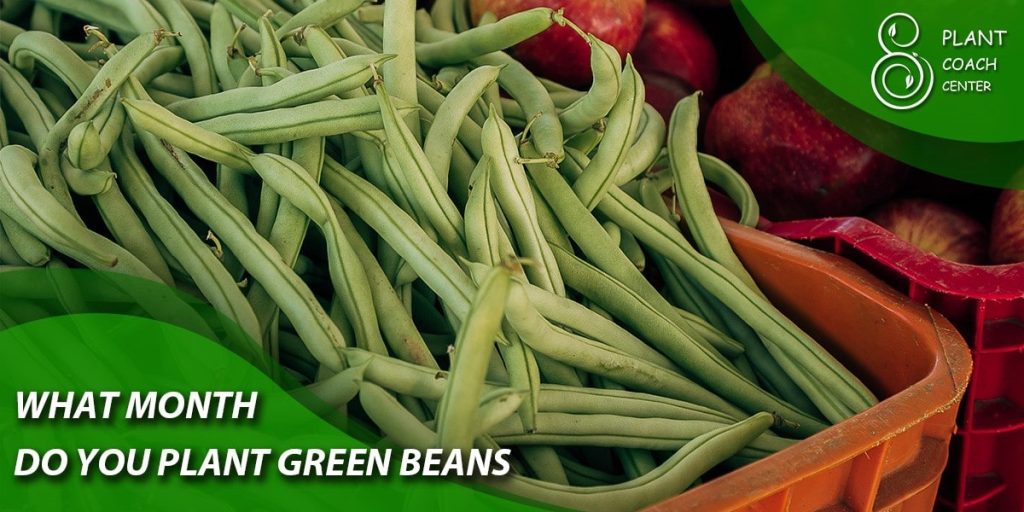
Seed vs. Seedlings: Choosing Your Approach
As you embark on your green bean planting journey, one of the critical decisions you’ll face is whether to start from seeds or opt for seedlings. Each approach has advantages and considerations, and understanding the nuances can help you make an informed choice that aligns with your gardening style and goals.
Planting from Seeds
Planting green beans directly from seeds is a classic method that allows you to witness the complete growth cycle of your plants. It’s a cost-effective option, as sources are generally more affordable than buying seedlings. However, direct seeding can require more patience, as germination and early growth stages might take longer. To ensure success, sow your seeds when the soil temperature reaches the appropriate range, usually around 60°F to 85°F (15°C to 29°C).
Transplanting Seedlings
If you’re looking for a head start and a more predictable outcome, transplanting seedlings might be your route. Growing bean seedlings indoors or purchasing them from a nursery allows you to skip the germination phase and jump into the growing process.
Seedlings can also provide an advantage in regions with shorter growing seasons, enabling you to extend your plants’ time to produce beans. However, transplant shock is a consideration, so harden off your seedlings by gradually exposing them to outdoor conditions before planting.
The Middle Ground
A middle-ground approach involves starting some beans from seeds and others from seedlings. This staggered planting technique can provide you with a continuous harvest over an extended period. Begin by planting some seeds directly in the soil, then plant seedlings a few weeks later. This way, you’ll mix plants at different growth stages, resulting in a more consistent supply of fresh beans throughout the season.
Beyond the Backyard: Pots, Trellises, and Urban Planting
Green bean cultivation isn’t limited to traditional garden beds. With innovative approaches like container gardening and vertical trellises, you can bring the magic of growing green beans to even the smallest urban spaces. Let’s explore how you can expand your planting horizons and embrace the versatility of green bean cultivation beyond the backyard.
Container Gardening
Urban dwellers with limited outdoor space can choose container gardening as a fantastic solution. Choose large pots or containers with adequate drainage, fill them with a well-draining potting mix, and sow your green bean seeds or transplant seedlings.
Place these containers on balconies, patios, or windowsills with ample sunlight. Ensure the pots are deep enough to accommodate the bean’s root system, and consider bush bean varieties for more compact growth.
Vertical Gardening with Trellises
Vertical gardening is a game-changer for urban planting. Green beans are natural climbers, making them ideal candidates for trellises. Construct or purchase frames that provide sturdy support for the growing vines. As the bean plants reach for the sky, they save space and create a visually appealing green wall. Train the bean vines to climb the trellis, and watch as your urban space transforms into a lush bean haven.
Urban Planting Considerations
When planting green beans in urban settings, consider factors such as wind exposure, sunlight availability, and temperature fluctuations. Windy balconies require additional support for trellises, while buildings may cast shadows on specific areas during different times of the day. Choose the right time for planting based on your local climate and the microclimate of your urban space.
Selecting the Right Varieties
Choosing suitable bean varieties in urban planting scenarios is paramount. Opt for compact bush beans if space is limited, or explore pole bean varieties bred explicitly for vertical growth. Some dwarf or patio-specific bean varieties are designed with urban gardening in mind. Read seed catalogs or consult with local nurseries to find the best-suited options for your urban garden.
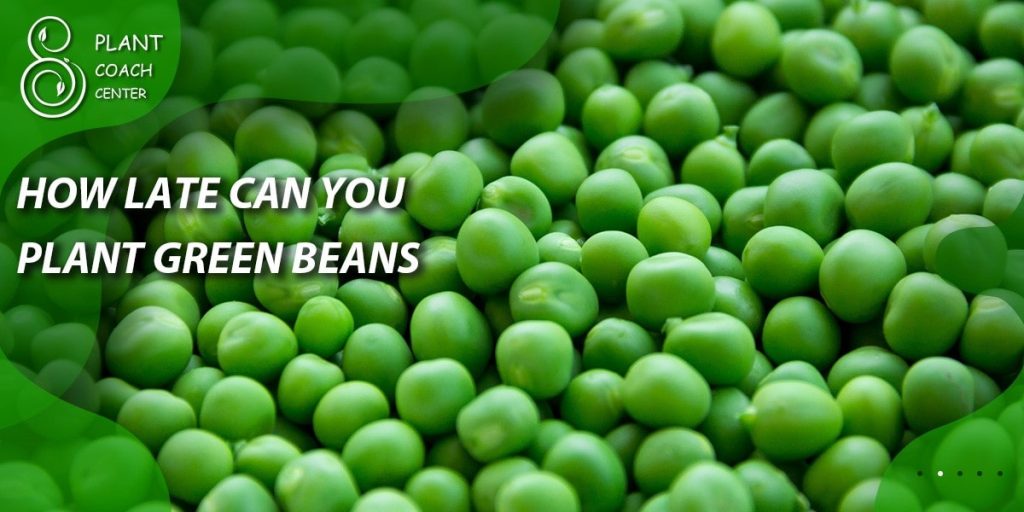
Harvest Hacks: Timing and Maximizing Yields
The moment of harvest marks the culmination of your green bean planting journey. To ensure the best possible yield and quality of beans, it’s essential to master the art of timing and employ strategies that maximize the productivity of your plants. Let’s delve into some harvest hacks that elevate your green bean harvest.
Reading the Signs of Readiness
Green beans provide visual cues that indicate they’re ready for harvesting. Look for beans that are firm, smooth, and plump. Avoid overly mature beans that appear lumpy or bulging, as they might be challenging and stringy. The bean’s “snap” quality is a reliable indicator: bending the bean should break easily with a crisp snap.
Harvesting Frequency
To ensure a continuous supply of fresh beans, adopt a frequent harvesting routine. Beans are most tender and flavorful when they’re young and slim. Harvesting every couple of days prevents the beans from becoming overripe and tough, encouraging the plants to produce more flowers and, subsequently, more beans.
Staggered Planting for Extended Harvest
Implementing staggered planting can be a game-changer for your harvest. Instead of planting all your beans at once, sow seeds or transplant seedlings in multiple batches a few weeks apart. This approach results in a succession of plants at different growth stages. As the older plants slow their production, the younger ones will step in, ensuring a consistent supply of beans throughout the season.
Proper Handling and Storage
Handle harvested beans carefully to avoid bruising or damaging the delicate pods. After harvesting, immediately rinse the beans in cool water and pat them dry. To store, keep the beans unwashed in a plastic bag in the refrigerator’s vegetable drawer. Consume them within a week for the best flavor and texture.
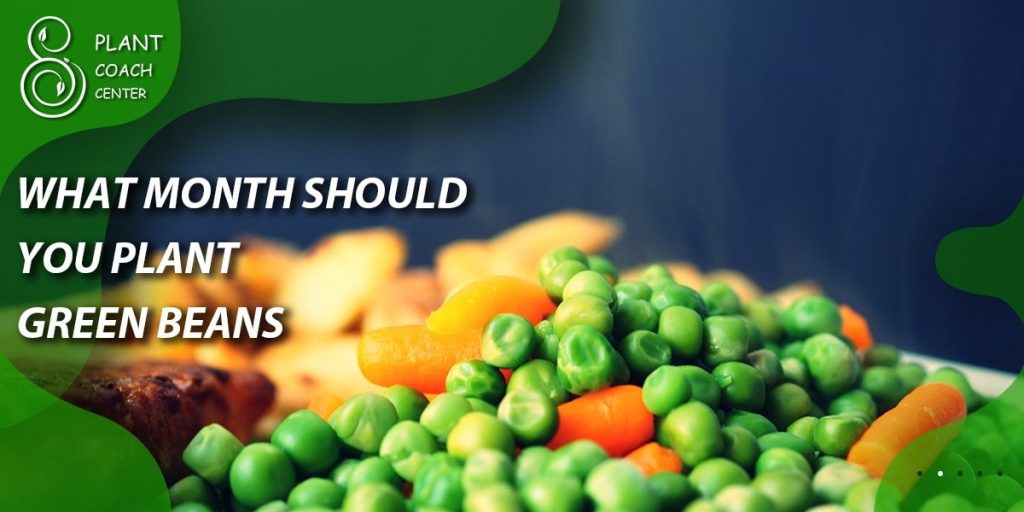
Conclusion
In the grand tapestry of gardening, the journey of planting green beans unveils a world of seasons, strategies, and secrets that lead to a flourishing harvest. From the delicate dance of timing your plantings according to the seasons to navigating the challenges of frost and fine-tuning your soil, each step contributes to the ultimate success of your green bean endeavor.
Whether you opt for seeds or seedlings, embrace urban planting with trellises and pots, or master the art of harvest timing, your commitment to nurturing these leguminous gems will yield tangible rewards and a deep sense of accomplishment.
As you embark on your green bean journey, remember the valuable insights shared within these words, and let them guide you to a bountiful yield that graces your table with freshness and flavor. For more gardening wisdom and inspiration, visit plantcouchcenter.com, where you’ll find a wealth of resources to support your green thumb aspirations.
When is the best time to plant green beans?
Plant green beans after the last frost in spring for optimal growth.
Can I grow green beans in urban spaces?
You can use pots and trellises for space-saving urban planting.
How do I know when green beans are ready to harvest?
Harvest green beans when firm, smooth, and snap easily.


